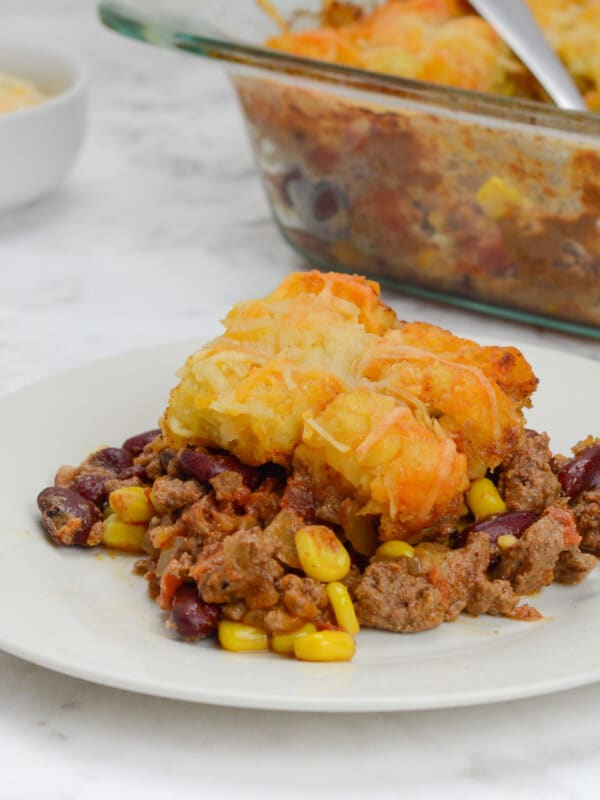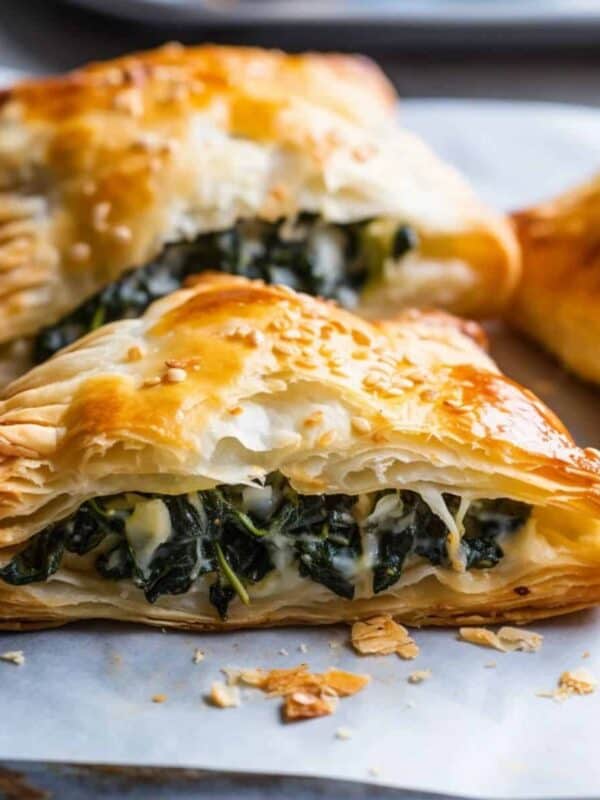Stews and soups are some of the most common and popular dinner options, especially with today’s hectic schedules and the difficulty of making homemade meals on a budget and with limited time.
There are also versions of soups and stews in almost every culture, and every cuisine, making them one of the most versatile and widespread options when it comes to making meals at home.
But, even with so many different styles to choose from, a lot of people still don’t know some of the basic differences between these popular meals, so let’s take a look at them!
What is Stew

There are a few different definitions of stew around, and most of them are valid interpretations so we’re going to offer a couple of different ones.
One of the most basic ways to tell if a dish is a soup or a stew is if the broth, if there is broth, contains flour or another thickener. The purest soups don’t thicken their broth, while stews often use flour, cornstarch, or another thickening ingredient to make a more filling broth.
Some stews, however, don’t really have an identifiable broth. Instead, the broth and the other ingredients blend together, making more of a sauce, as we see in many Cajun and Creole stews. This type of stew is often served over rice or noodles but isn’t quite the same as a pasta sauce.
Under that second definition, some types of curries can also be called stews, but the line between what is a sauce and what is a stew tends to be about how homogenous the dish is. If most of the dish is a blended sauce with maybe a few meat chunks, it’s likely a sauce. If most of the dish is meat an vegetables that have been cooked together in a thickened broth, like jambalaya, it’s probably a stew.
Different Types of Stew
There are literally hundreds of different types of stew all across the world. Soups and stews both come in thousands of shapes, sizes, and ingredient lists and it would be impossible to name all of them here. However, we can give you a few key examples that help show how different these dishes can be.
- Irish or French Stew: These two stews are similar and different at the same time based on their ingredients and preparation, but share a combination of beef or similar meats, with onions, carrots, and potatoes in a rich demi-glace broth that’s been thickened to an almost gravy texture.
- Chowder: Chowder is another type of stew made from a combination of meat and vegetabes in a broth thickened by roux, often including milk or cream. Clam chowder is probably the best-known example.
- Jambalaya: typically a rich stew, also thickened with roux, made from the holy trinity of vegetables (onions, bell peppers, and celery) often with a mix of meats, sausages, and seafood, okra, and served over rice or beans and rice.
As you can see there is a lot of variety in what can be called a stew, and this is really only scratching the surface. There are as many different kinds of stew as there are cuisines and cultures, several times over since most cultures have more than one dish that’s a stew.
How Do You Make Stew?
The trick with stew is getting the cooking time right, and knowing when to add different ingredients to get the best possible flavor. Some stews have you cook each ingredient individually before adding them together in a pre-made thickened broth. Others rely on cooking ingredients together in the same pot, but adding them in a specific order and with different cooking times to create a unified whole that shows off the best characteristics of each dish.
If stew is overcooked, flavors can be lost. Undercook stew, or wait too long to combine ingredients, and you risk everything tasting the same and losing its individual flavors and textures.
A great stew is a whole bunch of different ingredients brought together into a cohesive and delicious whole.
Delicious Stew Ingredients
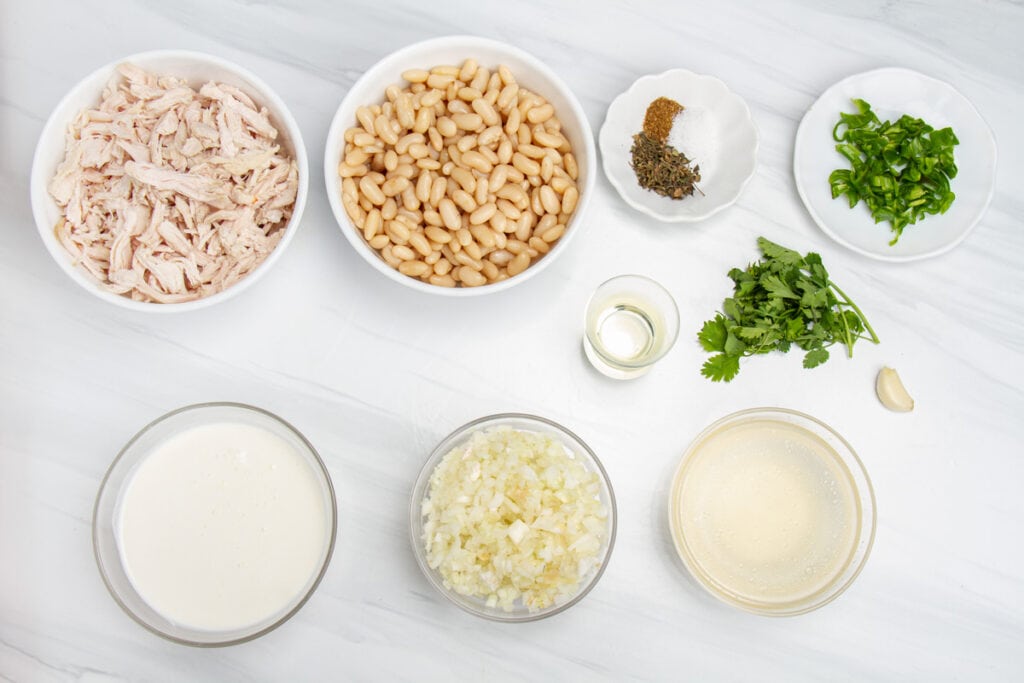
Since there are so many different versions of stew it would be impossible to have a comprehensive list of ingredients here, but we can give you some examples, and the three parts of a stew you need to consider:
- The protein, usually chunks of meat, or beans
- The sauce or broth
- Vegetables and aromatics
Some stews also benefit from a garnish, like bacon or crackers that you sprinkle over top, but that isn’t universal.
Ingredients to play with include, beef, pork, sausages, seafood, onions, garlic, tomatoes, celery, roux (flour and butter), leafy greens, aromatic herbs, barley, carrots, potatoes, and just about everything else you can think of.
Spices are also very important, and many stews are distinguished not by their ingredients, but by their spices.
Great Stew Recipes You Should Try
To get you started on the stew most people in the United States think of when they think of stew, The New York Times has a delicious recipe that develops the flavors with slow cooking, but without demanding that you spend too much time babysitting the pot.
Or, if you’re looking for more adventurous and exciting flavors, maybe a little kick of spice, All Recipes has a fantastic recipe that distills the ingredients that make Jambalaya great, without going overboard or making the meal too expensive or too spicy for the average home cook.
What Is Soup?
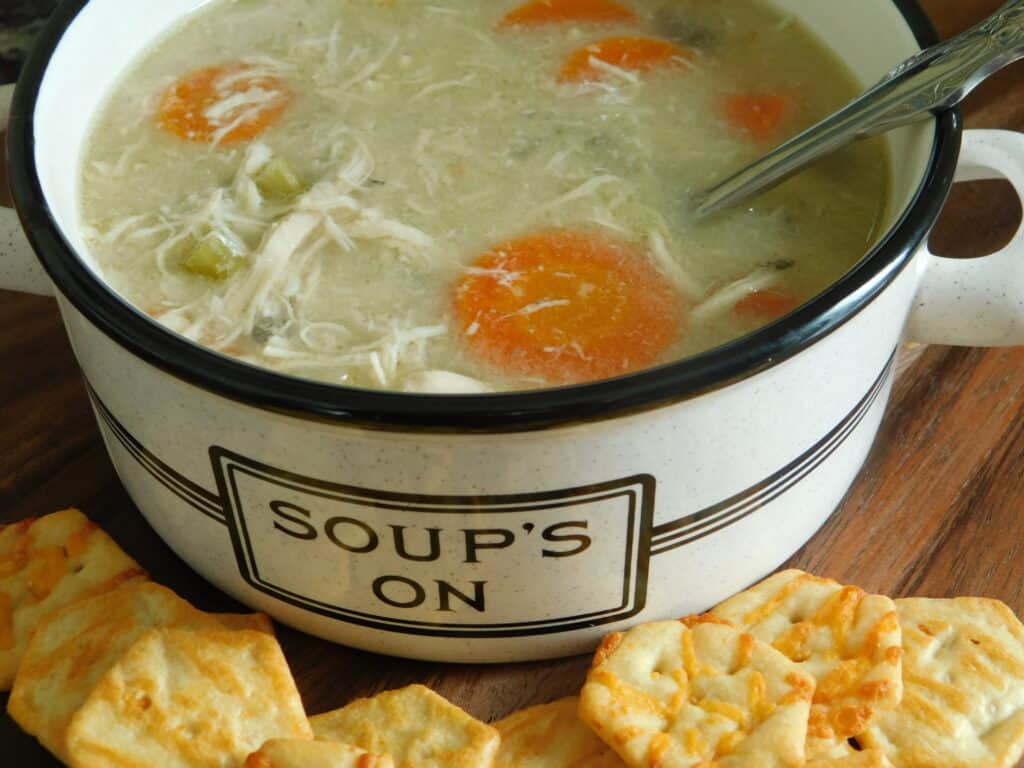
Soup is another dish that is so common and so universal that it’s almost hard to come up with a definition that doesn’t leave some fantastic soups out.
The most basic definition of a soup is a meal cooked and served in its own broth. Of course, most modern cooks aren’t going to be making their own stock from scratch, at least not every time, and there are a lot of different kinds of broth that should be considered, from Japanese Dashi broths to chicken, beef, or vegetable stock you can buy at almost any standard grocery store.
Soups can be made with a combination of meats, fruits, and vegetables, or based entirely around just one of those food groups. They can be simple or complex. Some soups are cooked, while others, like gazpacho, use the careful preparation of raw ingredients to create something that looks like it was cooked, without actually doing the cooking.
Perhaps most importantly, soups can range from the star of the meal to a simple side dish, to the only thing you eat in a single sitting, and pretty much everything in between!
Different Styles Of Soup
There are a lot of different styles of soup the same way there are a lot of different styles of stew. Instead of trying to give you a complete list, which would likely be impossible, here are a few different examples of different soups you can use for inspiration:
- Miso Soup: Made from combining miso paste with dashi stock, and often including tofu, wakame seaweed, and sometimes green onions, Miso is a staple of Japanese cooking and can be an important part of any meal.
- Chicken Noodle Soup: The ultimate comfort food, chicken noodle soup combines chicken, vegetables, mild seasoning, and broth with noodles, often egg noodles, for a nutritionally dense meal that feels light and simple.
- Tomato Soup: Tomato soup is a thin puree of tomato and other ingredients, sometimes roasted before being cooked in water or broth and then blended to a homogenous texture. Too thin to be a sauce, tomato soup is served both as a main dish and as a side.
How Do You Make Soup?
Soup is both as simple and as complicated as you want to make it. You can chop a bunch of ingredients, throw them in a pot with water and some seasoning, cook until everything is cooked through, and call it soup.
Other soups require careful preparation, individually cooked ingredients, and then a final simmer to create a complex but harmonious meal. Many soups fall between the two. But you’re always going to combine a significant amount of liquid, either water, milk, or broth, with other ingredients to create a good soup.
Top Soup Recipes You’re Sure To Love
Tomato soup is an American classic, and a delicious lunch and dinner food, especially when paired with a grilled cheese. Natasha’s kitchen has a particularly good version of this American classic, and it’s easier than you think!
Or, for a more complex but still traditional and always delicious option, head over to Cooking Classy for an Italian Wedding Soup recipe that will impress houseguests!
Wrapping Up: What are the key differences between Stew vs. Soup?
The biggest difference between soup and stew is how much broth there is, and whether it’s been thickened, but that can often feel like an oversimplification when you see how many different kinds of soups and stews are out there.
Of course, feel free to experiment with different types of soups and stews and see if you can come up with your own working definition!
Frequently Asked Questions (FAQs)
Q1: What Are The Main Two Types Of Soup?
Soup can be divided into clear and cloudy soups, with one having a transparent broth and the other having an opaque broth. Clear soups are more common though, since many cloudy soups are actually stews.
Q2: Is Stew A Type Of Soup
Not really, though the two dishes are very similar. Stew has less broth, and the broth is always thickened or turned into a sauce, while the soup has more broth that isn’t thickened.
Q3: Is Soup Or Stew Healthier?
Soups tend to be lower calories than stews, but stews can sometimes pack a nutritious punch that makes up for the extra calories.
Stew vs Soup: What’s the Difference?
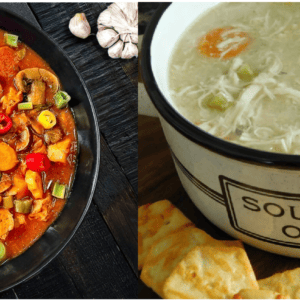
Instructions
- Choose your favorite recipe
- Click the link to view the instructions
- Follow the linked instructions
- Enjoy!
